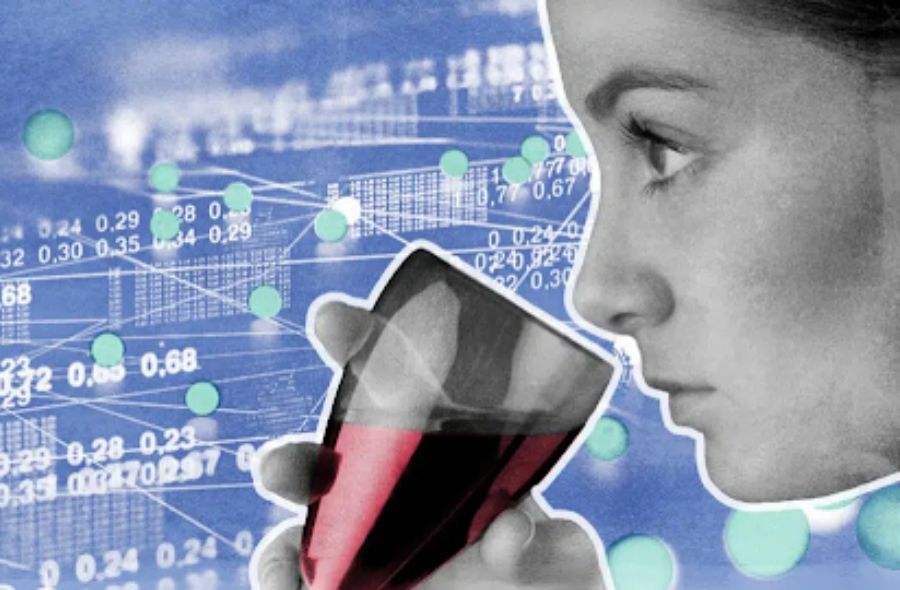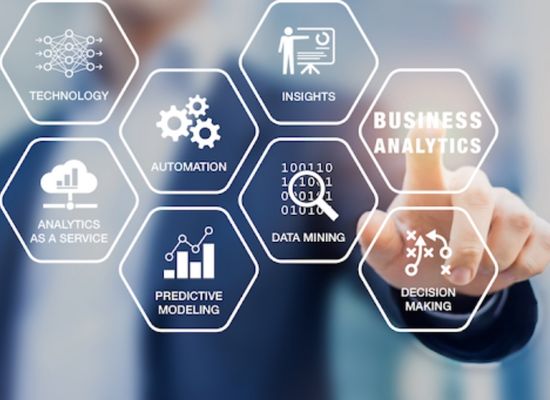May, 2024
San Francisco, USA

The pandemic and its effects on the wine and spirits industry, including the shutdown of on-premise outlets, labor shortages in vineyards, supply chain disruptions, etc., has hastened the data-driven administration of everything from vineyard management to direct-to-consumer (DTC) sales to wholesale-supplier sales. As a result, businesses in this industry have been forced to confront the need for a better understanding of their own data and how to make decisions based on it.
It’s time to dive deeper and have a close look at how data analytics has evolved to become a fundamental part of the wine and spirits industry.
Historically, data hasn’t always been the foremost topic when discussing business. Twenty years ago, conversations would have focused on people, programs, and technology. But as our society and enterprises have gotten more digitalized, data has evolved into a comparable component and integral part of running a business. It has become essential for the wine and spirits businesses to look into how they are utilizing data, investing in learning these skills, and hiring people around these abilities.
Data literacy and analysis is a proven and more effective method for focusing on opportunities, comprehending depletion rates, improving business strategies, building e-commerce capabilities, and ultimately accomplishing your goals quickly and for much less money. Investing in data helps you actuate a targeted approach and market your products better based on the purchasing habits of a customer. It further analyzes your marketing campaign engagement, determines sales channel trends, and gives a competitive comparison of both offline and online sales.
Utilizing data also plays a significant role in the production segment as well. You can use data to model future markets, make informed purchases to expand production, and perform the quick analysis while making a decision to purchase production equipment. When it comes to improving insights across the supply chain, data can also be a major driver for the wine and spirits industry. Having solutions in place to provide real-time data and insights can help identify issues and find ways to optimize production while maintaining quality.

Image Source: thomasnet.com
Here are a few quick examples of how data can be leveraged to implement changes and identify new trends —
- Forecasting Demand Using Industry Trends: You can get valuable insights and guide your strategies, remain dynamic, and gradually increase production by gathering statistical and behavioral consumer competition data and layering strong analytics and AI-driven engines on top of it. Data helps you achieve targets more precisely and increase productivity as a result.
- Product Design & Marketing Innovations: You can easily identify products that appeal the most to different demographic groups by employing data analytics, which further improves product recommendations to your customers. You can use data to create innovative offerings and provide exciting incentives to increase your market share.
- Optimize Supply Chain Operations: Manufacturers and retailers can use data to get a transparent, real-time overview of various factors to prevent disruptions across supply chains. Data can assist you in making channelized efforts and maintaining an advantage over your competition.
- Tracking Sales Performance: You can swiftly assess performance by using data for a product, location, or category, and create suitable incentives and rewards for your sales representatives. Additionally, data can help new brands and their products hit the market at the right time.
- Finding the Top-Performing Channels: Data allows you to analyze income versus expenditures to find the best-performing channels, track sales at restaurants, and gain improved visibility. Businesses can now concentrate on value rather than numbers, which is the goal.
- Effective Brand Promotion: By collecting data on the average customer’s location, spending patterns, and other habits, you can develop successful promotion and marketing strategies, track their success, and choose the best distribution channels.
- Smart & Flexible Pricing Strategy: Companies can assess how raising the price will affect sales by comparing different price points. Furthermore, pricing analytics can assist in optimizing a company's pricing strategy to maximize profits. This aided numerous firms in reaching the ideal price point to offer the most value.

Image Source: upthirst.com
Wine and spirits businesses are starting to see the value of developing expertise around data analysis when it comes to accelerating and concentrating on growth. Data literacy is now being seen as a skill set that helps to centralize planning and strategies, and make better business decisions. Data is your key to successful brand management, empowering your DTC business, expanding your presence, and ultimately achieving your goals.
Article by Aanchal Sharma, Beverage Trade Network
Header Image Source: westerndigital.com